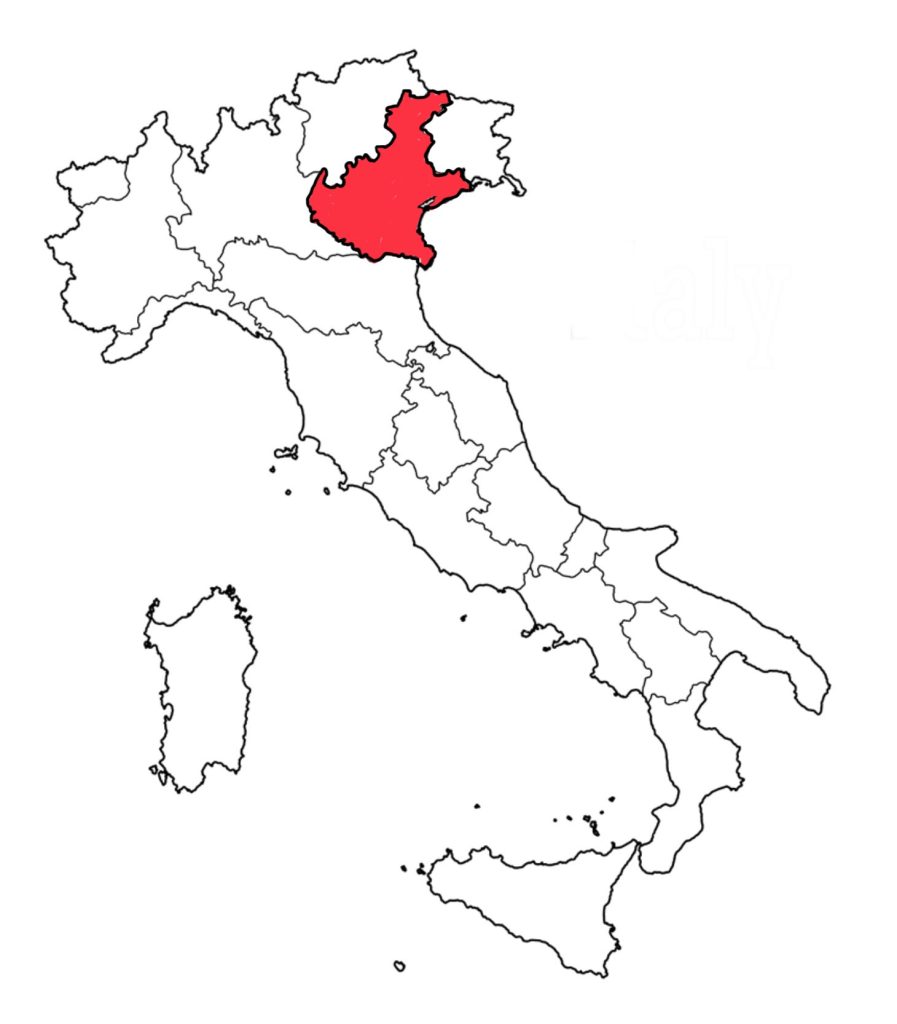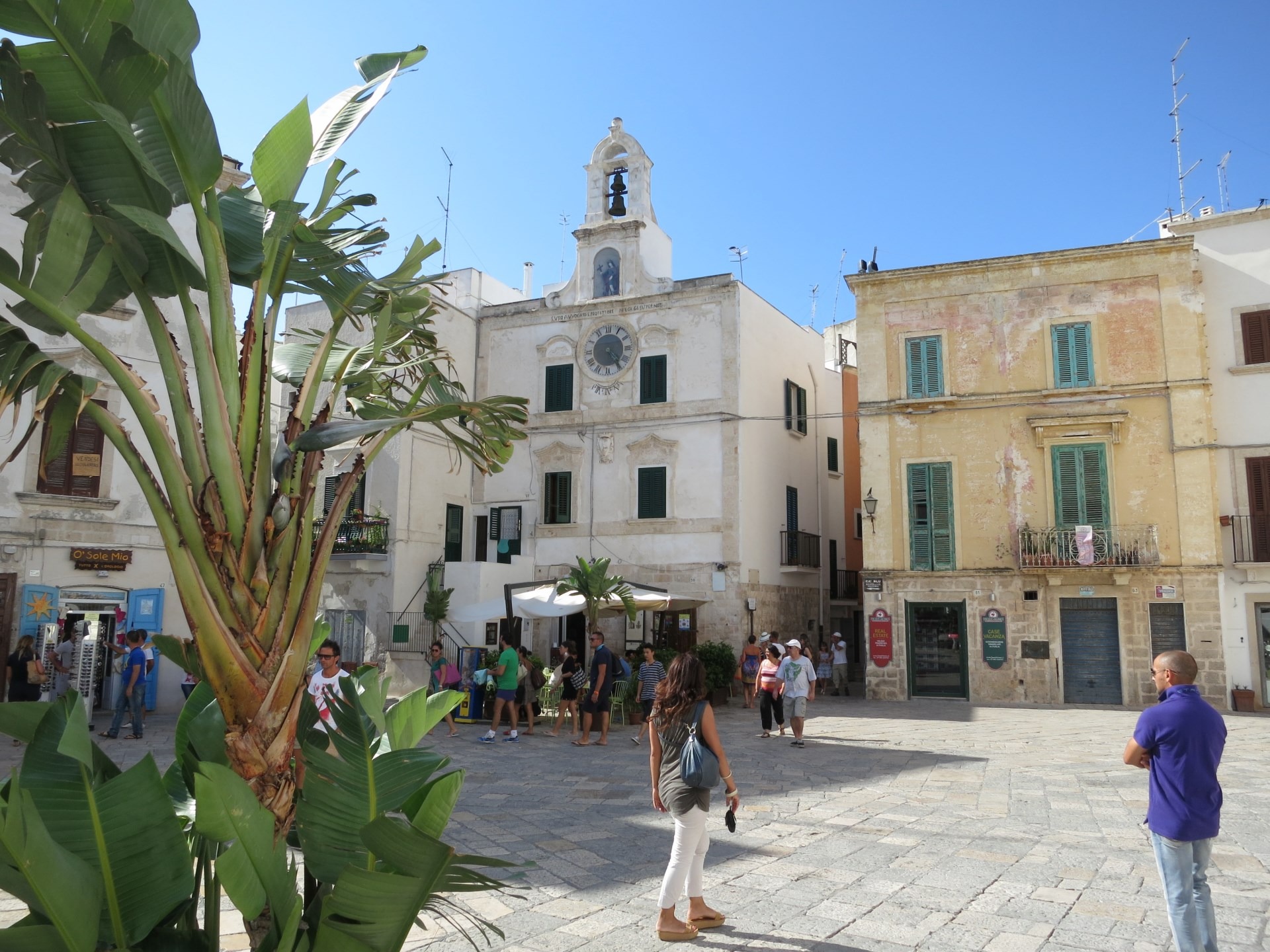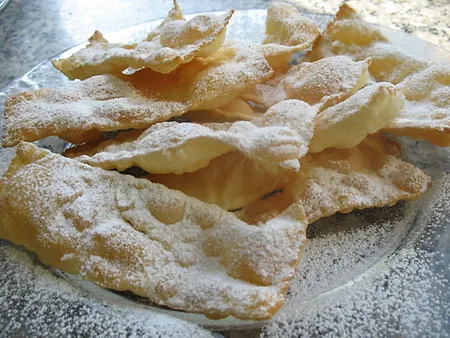It’s almost Carnevale. Tuesday, February 17, to be exact, will mark the last day before the Lenten season begins.
In Italy, like in many other places around the world it is a time of frivolity,, fun and fantasy. The Carnival of Venice comes to mind: a moment in time when all the exhausting cares of the world are forgotten and people resort to the escapist games of children, adorning themselves in luxurious costumes and pretending for just a little while to be someone else.
Imagine a city floating on a lagoon, bejeweled and bedecked like a baroque stage ready for the performance of a Goldoni comedy; shimmering with thousands of varied hues, this is Venice at Carnival time!

What a wonderful pleasure it was when a few years ago, I was able to accompany a group of young thespians who had performed in a university play (Il Servo di Due Padroni) under my direction, and who were given this amazing opportunity from our sponsor, Centro Scuola to attend the Carnevale.

Can anything be more exhilarating and unique an experience than this? We wandered through the labyrinthine streets of this extraordinary city, curtsying and acknowledging the silent “maschere” that we came upon with the reverence reserved for an ancient aristocracy. Covered from head to foot with sumptuous multicolored costumes of the finest silks and damasks, the faces hidden by arcane, inscrutable masks, these maschere glided silently through a city shrouded in a veil of grey mist.

The Carnival of Venice is an elegant and grand event that elevates the city to its maximum beauty and oneness at this time of the year.

If the Mardi Gras of la Serenissima (Venice) is polished and sophisticated, —-revelry for nobles—–, then the Carnevale of the south is merrymaking for the masses.
In Gallipoli, as in Putignano, Sicily, Calabria, Tricarico in Basilicata, the Carnevale is filled with the dances and songs of ancient popular southern traditions. These are the protagonists of the Carnival which is celebrated in the streets of the city centre.
In Gallipoli this event takes place every year in the streets populated with masked specters, with multi-colored confetti fluttering and extravagant floats parading on the Corso Roma. A rhythmic drum beat flows from an unknown place. Gyrating double jointed women step out of the crowd much like a planned flash dance, and begin twirling like frenzied pinwheels in their colorful skirts. It is the sound of the Taranta, —more popularly known as “tarantella”—, the frenzied and convulsive-like dance that imitates the movements of a hysterical seizure. Born in a primitive past, the dance reflects the ancient beliefs of the Mediterranean that the bite or pinch (Pizzica) of the tarantula could cause hysterics and could be alleviated only through the music and vibrations of particular instruments, especially the tambourine. The dance today is frenetic but rhythmical; the delirium of the story is communicated through the fast-paced movements and the wailing sounds made by the dancers themselves. It is a unique spectacle that conveys the desperate lives and superstitions of the ancient common people of the south.

Today, at Carnevale, old Gallipoli, like many other cities of the Meridione offers the unguarded participant a kaleidoscopic scene of myriad colours against the background of an ultramarine and indigo blue night sky and ocean. The street lights accentuate the oranges, reds and greens of the costumes of well known stock characters like Pulcinella and Lu Tidoru that saunter along the slow moving floats. Pungent odors of frying
Purceddhruzzi and crispedozze on makeshift roadside tables flavor the atmosphere; and the cadenced and frantic beat of distant tambourine bells punctuate a night filled with gaiety.

Purceddhruzzi and carteddhrate just fried and covered with honey,
aniseed and pine nuts. Delicious!
Photo by Dario Ersetti

This is the Carnevale Salentino, somewhere you may never have been, but which you definitely must experience.


Carnevale in Venice, with my son Giancarlo (above), and the theatre ensemble of Il Servo di Due Padroni


0



